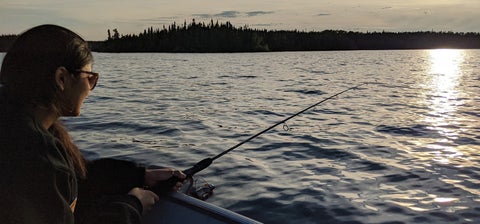
Incorporating Indigenous elements into pharmacy education
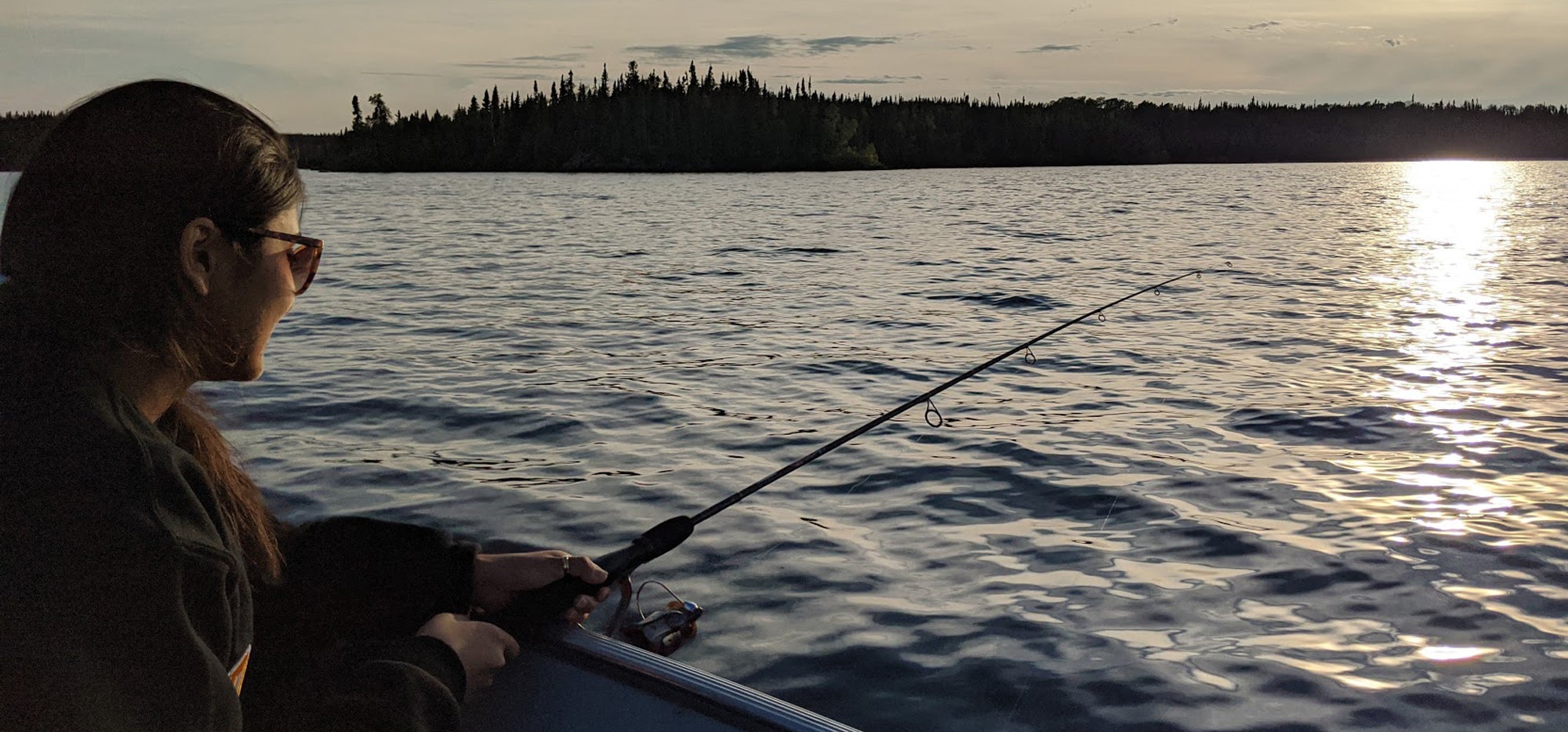
Urooj Advani, Rx2020, shares experiences from her rotation in Sioux Lookout
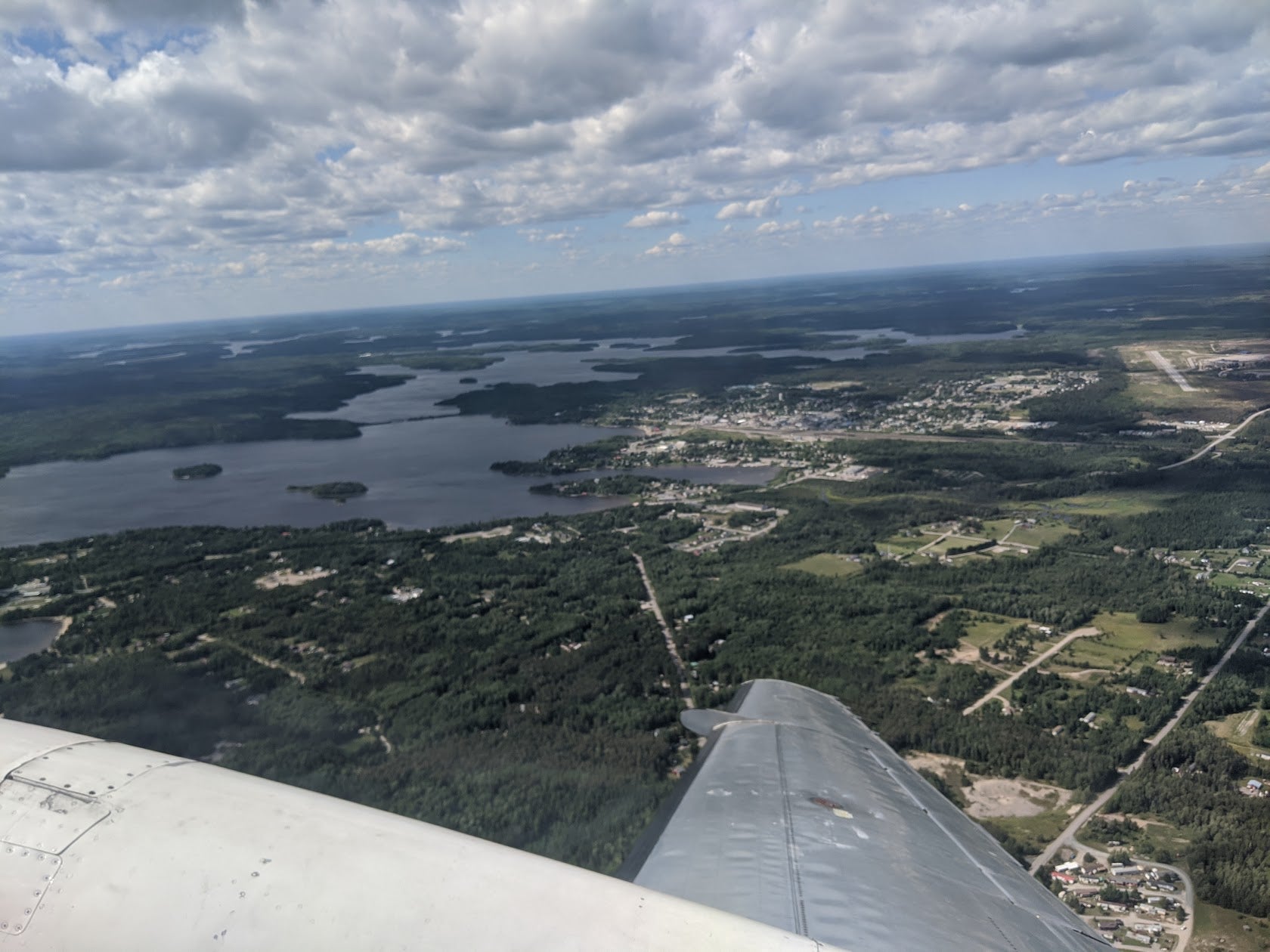
“The people of Deer Lake were incredibly friendly,” Urooj Advani says. Urooj was one of two students who, with their preceptor Bryan Neufeld, travelled to Deer Lake as part of her patient care rotation. “Locals we bumped into could tell we were outsiders, and I remember meeting a young girl who was so excited to show us around her town.”
Urooj, a pharmacy student originally from the Kitchener-Waterloo area, had never been in a community this off-the-grid. Deer Lake has a population of less than 1,000 people, spread across a wide geographic area. Urooj flew in from Sioux Lookout with fellow student Rebekah Tiet and Neufeld, a Sioux Lookout pharmacist and preceptor for pharmacy students.
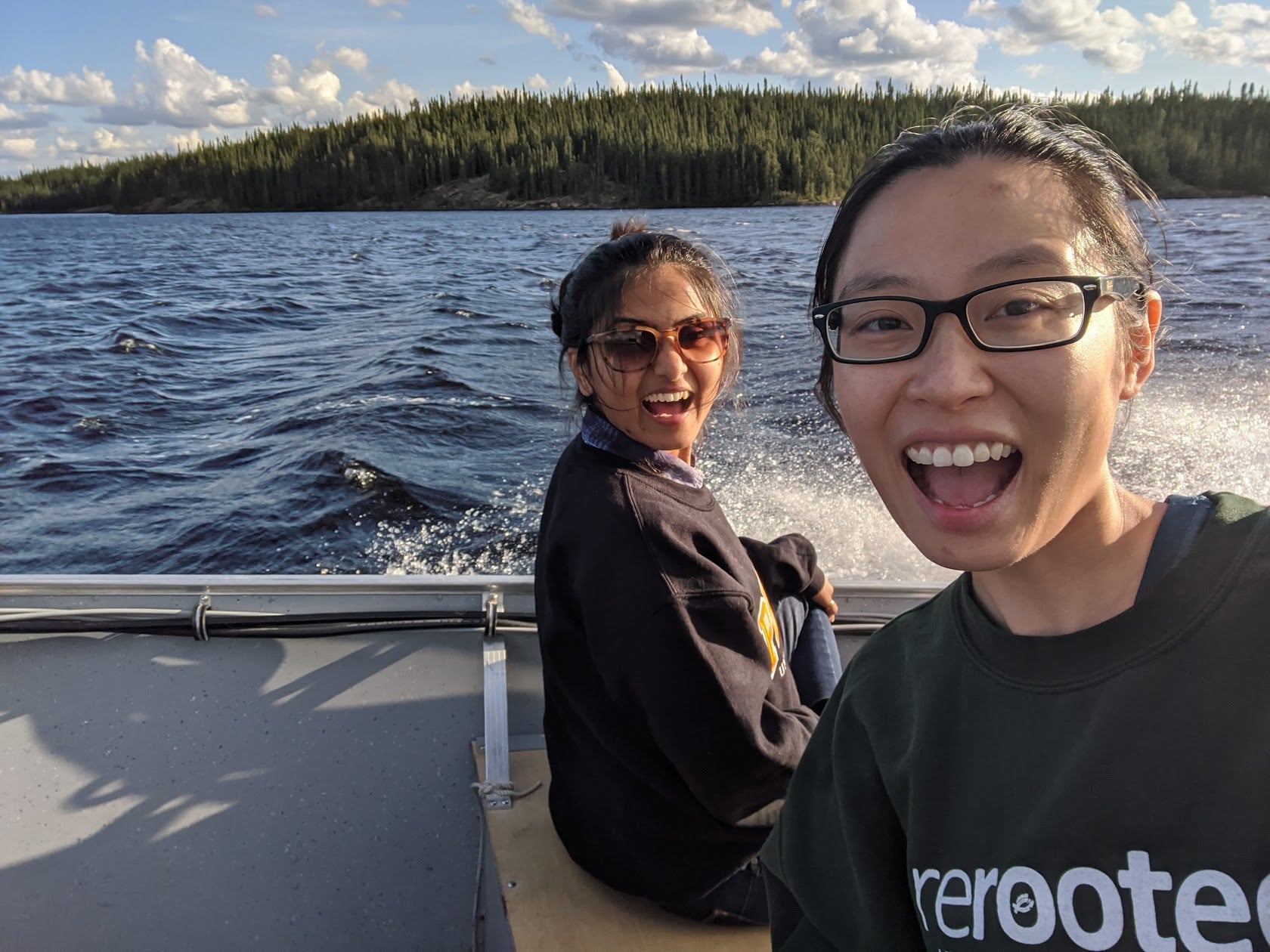
“In Deer Lake, we saw how health-care operated on a First Nations reserve,” says Urooj. “Rebekah and I appeared on the local TV station, demonstrating how to administer insulin and other diabetes injectables, inhalers, eardrops, eyedrops and naloxone. Most of our presentation was translated in real time into Ojibwe.”
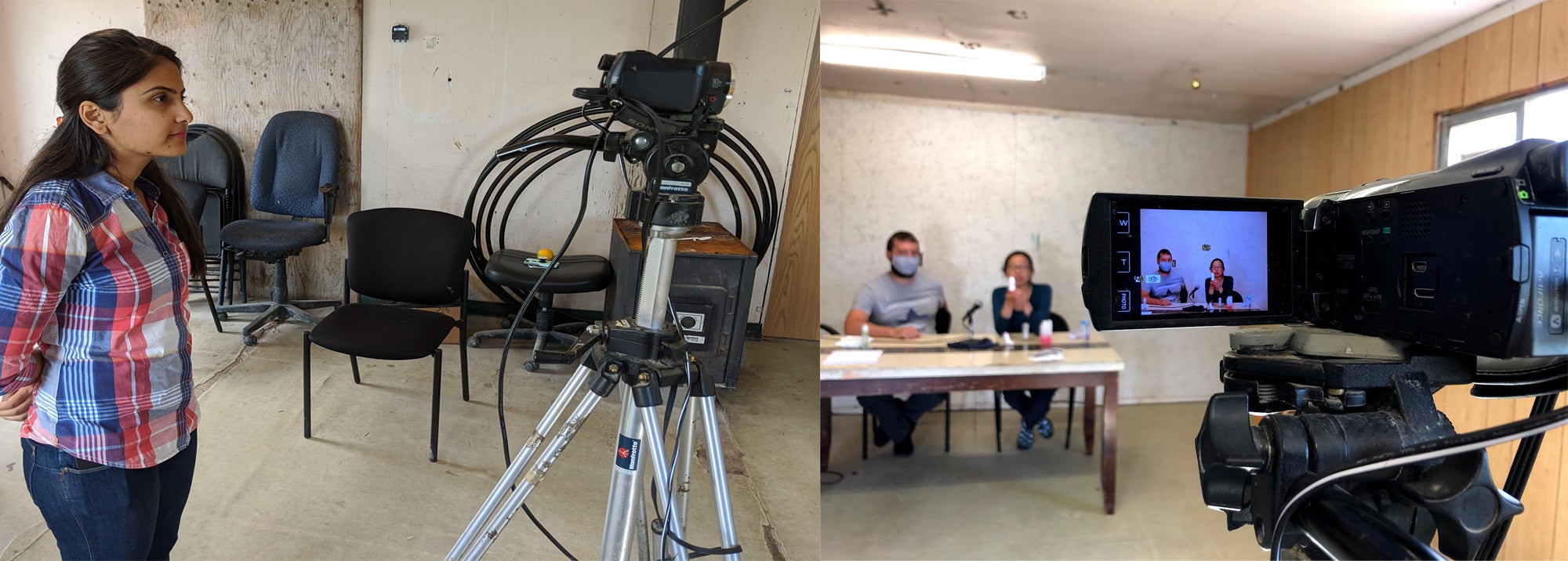
Urooj in front of the camera. Bryan and Rebekah demoing how to use an inhaler.
Deer Lake is served by health-care professionals who work at a nursing station in town. At the Sioux Lookout Remedy’sRx, Urooj prepared fly-in medication orders for communities like Deer Lake, and the team provided telephone medication counselling for patients and answered questions for health-care providers at the nursing station.
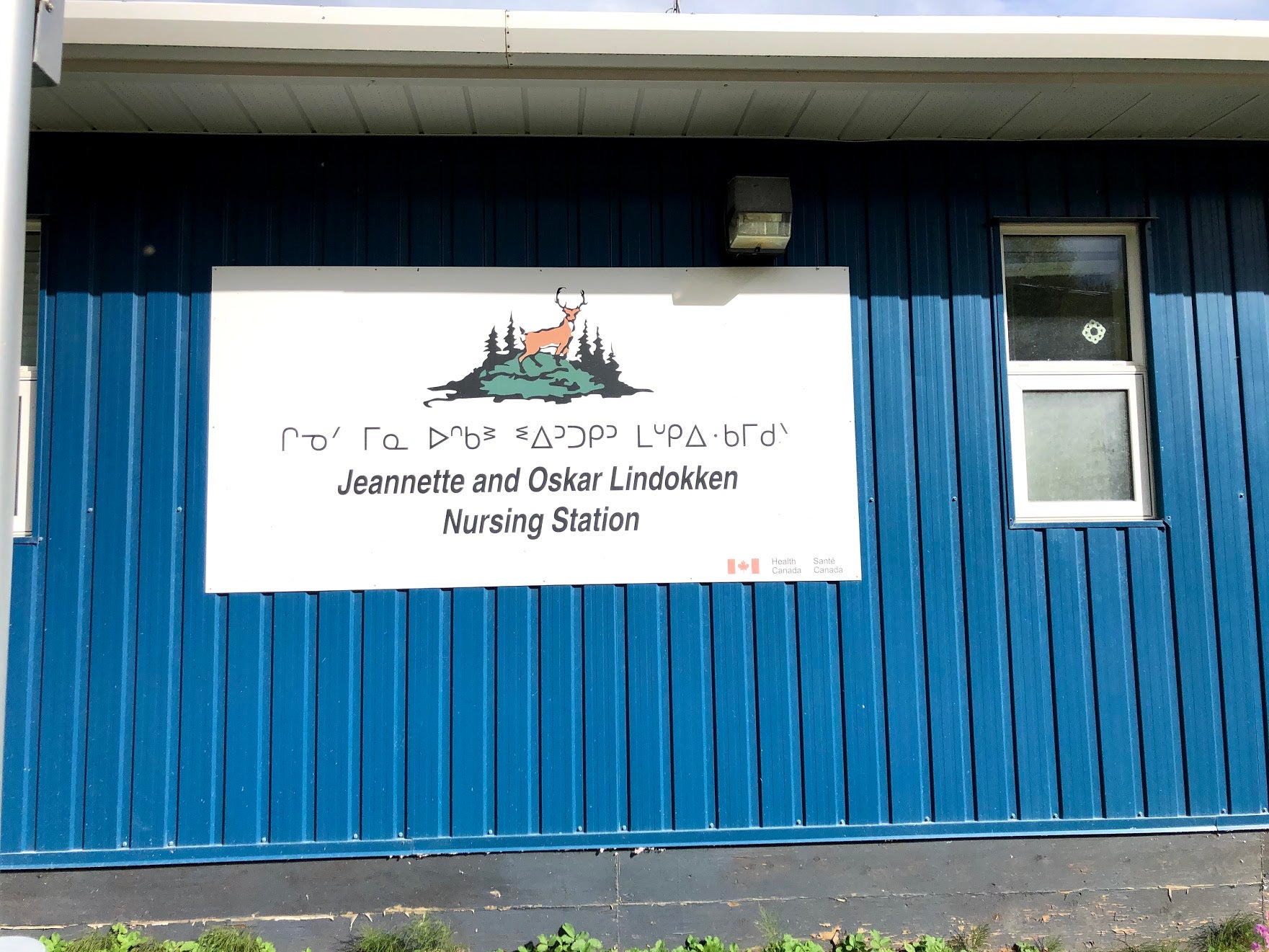
This is one of several nursing stations in the communities surrounding Sioux Lookout that receive fly-in deliveries of medications.
Her rotation was one of several across Ontario where students engage with and learn from primarily First Nations communities. These experiences are part of a process of incorporating more Indigenous elements into Waterloo Pharmacy. This began with delivering faculty and staff training, developed by Four Seasons of Reconciliation in collaboration with the First Nations University of Canada, on the history of First Nations, Inuit and Métis people in Canada. The School’s Undergraduate Office has also developed a dedicated PharmD admissions stream for Indigenous applicants and changes are underway to incorporate more Indigenous teaching and learning in the curriculum.
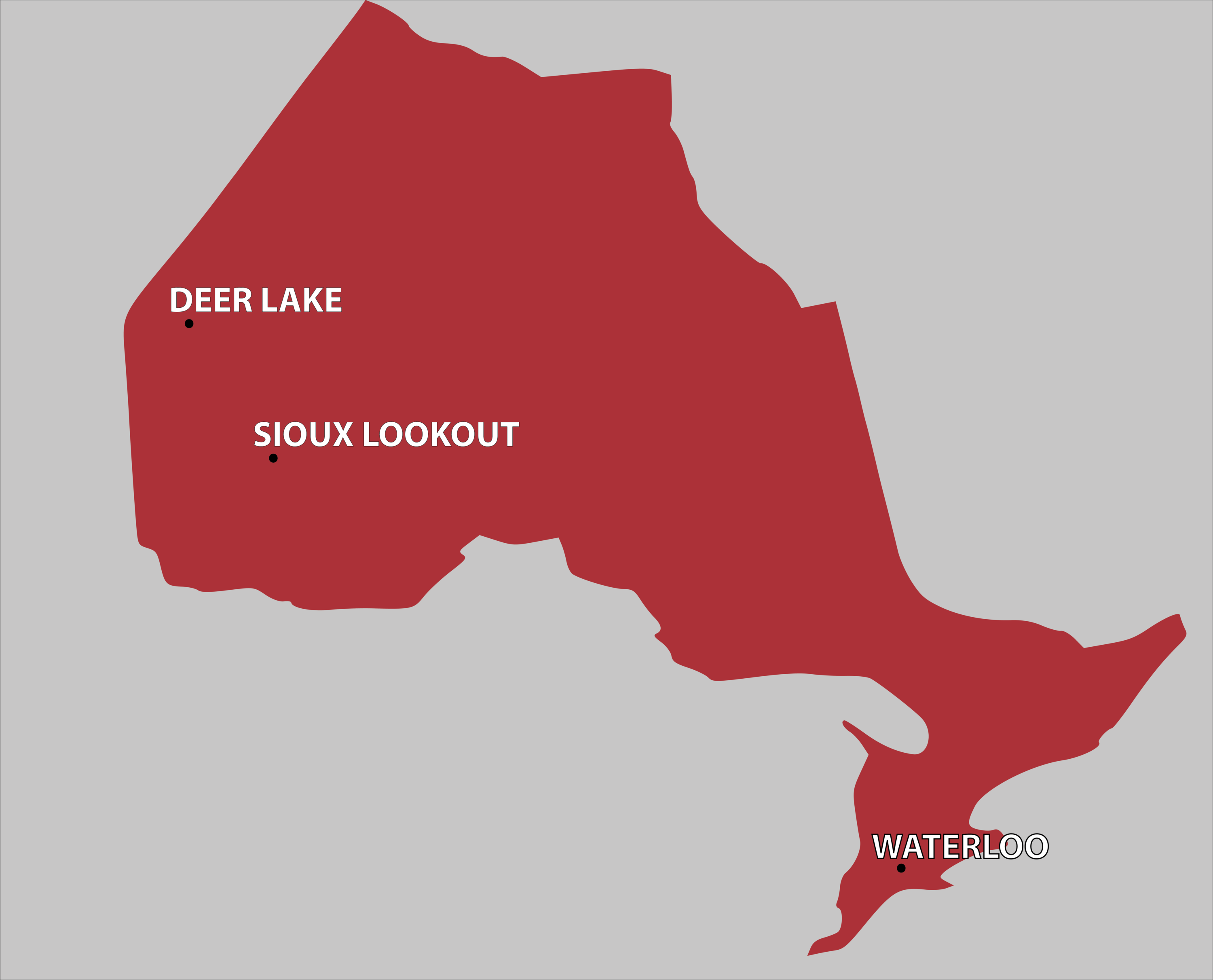
Urooj experienced those strengths and challenges first-hand. Two weeks into the rotation, COVID-19 began to have effects in health-care settings across Ontario, and some learners were moved to virtual or part-time roles. In Sioux Lookout, Urooj and Rebekah’s rotation at the Sioux Lookout First Nations Health Authority (SLFNHA) was unable to proceed as the organization moved resources to create a remote practice environment. As a result, Rebekah and Urooj spent more time at their other rotation sites.
“I saw how the size and location of the community influenced how health-care was delivered,” Urooj says. “The town’s hospital is quite small and I didn’t see as many patients or experience the variety of clinical experiences my colleagues in larger urban centres experienced. But I also saw how having limited resources and staff encouraged creativity.”
At Remedy’sRx, robots assist with medication packaging and dispensing. They packaged medications from the top 250 most commonly prescribed drugs and prepared blister packaging and compounded formulations.
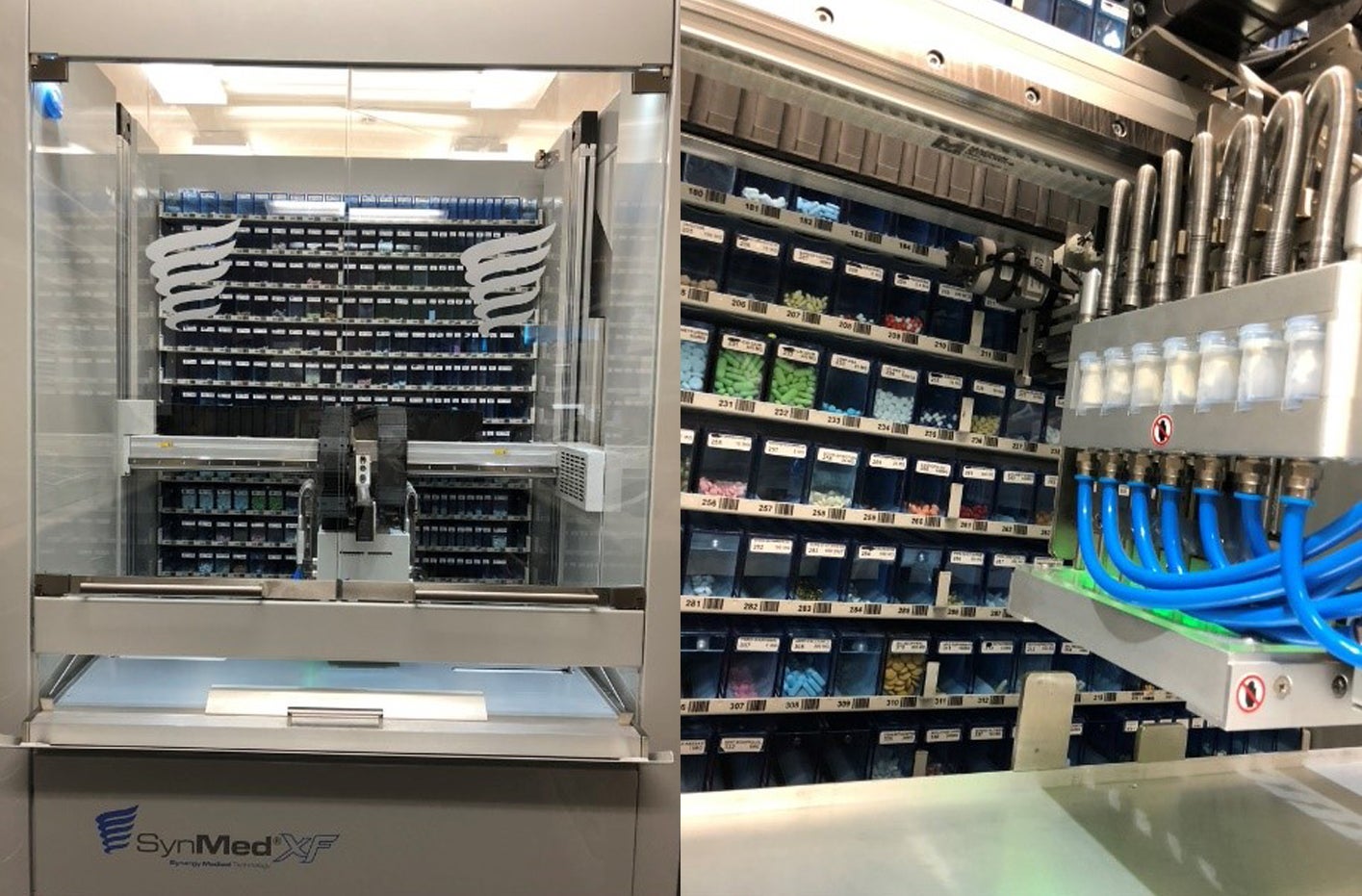
SynMed packages blister packs medications for 13 different reserves and are checked by registered technicians, allowing all pharmacy personnel to practice full scope of practice. This pharmacy has two separate dispensing spaces. One is dedicated to Sioux Lookout patients and the other is dedicated to servicing the remote communities.
“I’d never seen this level of automation in community pharmacies in southern Ontario,” Urooj says. “The team definitely leveraged technology – from robots to various forms of telepharmacy – to maximize their productivity and deliver top notch care.”
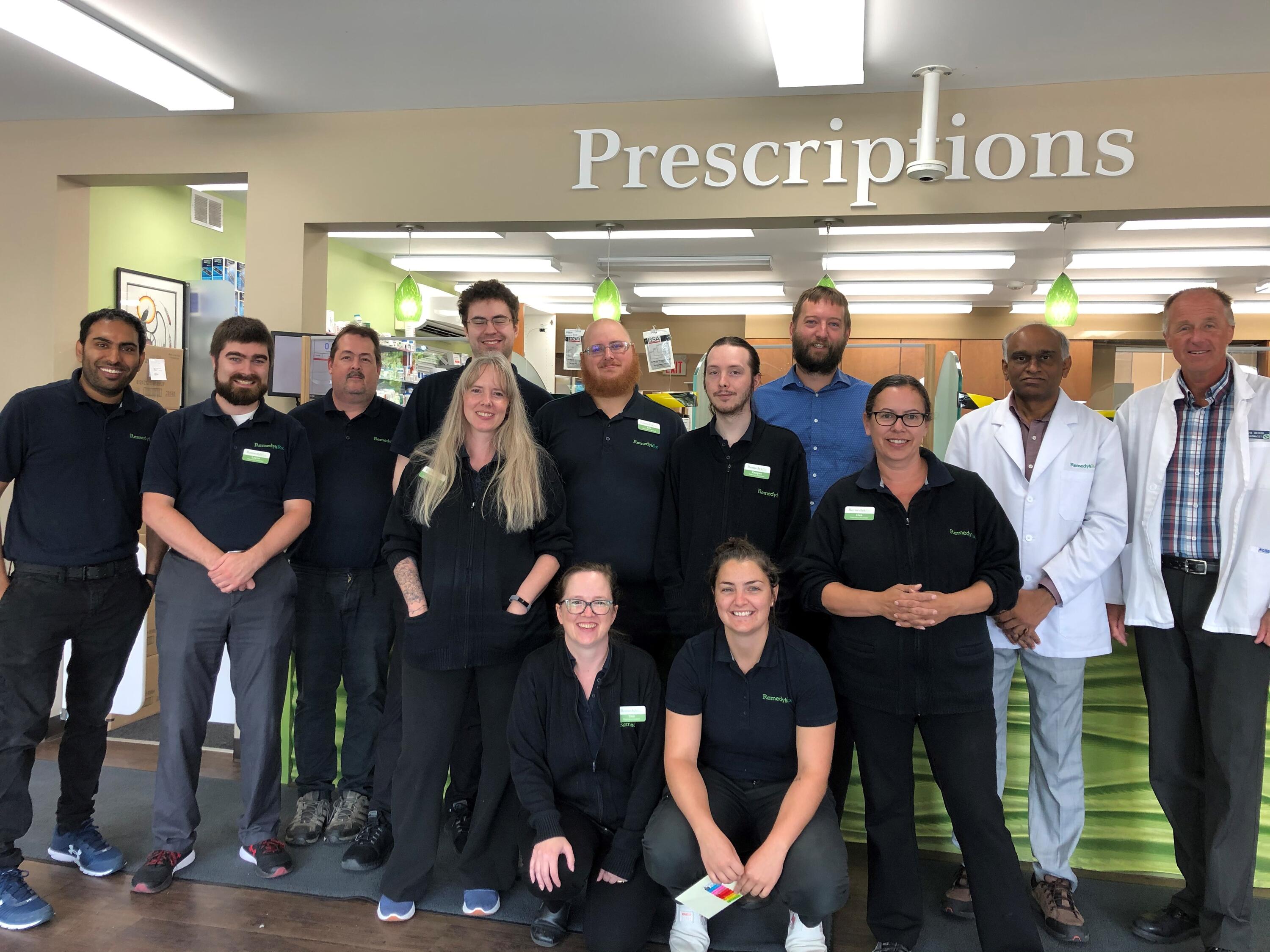
Urooj encourages others to consider these unique rotation experiences as well.
“There can be a big price tag on relocating somewhere far away, but in so many ways the community made it worthwhile.” she says. “The people were so generous, inviting me into their homes for meals and showing me around. Nothing comes close to rivaling the value of this experience – the stories and friends I’ve made are truly priceless.”